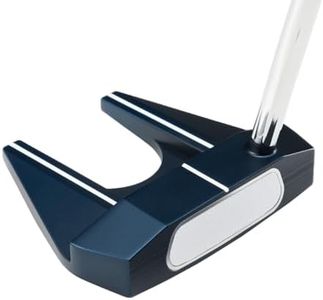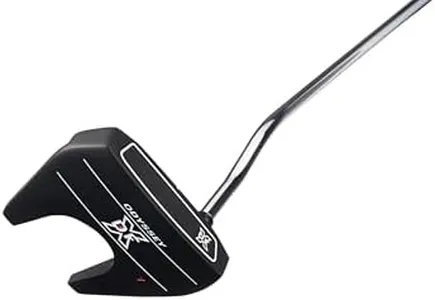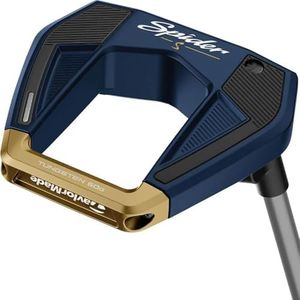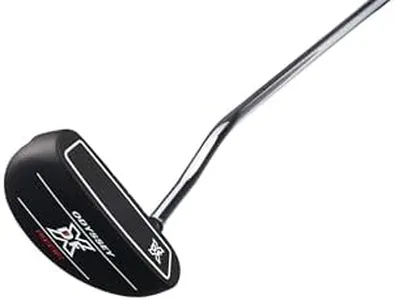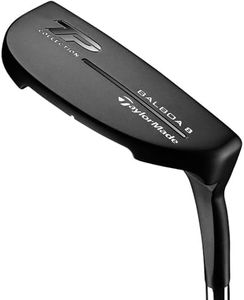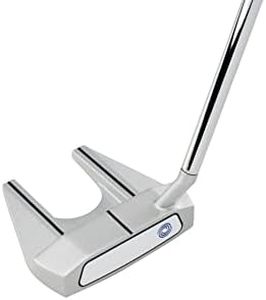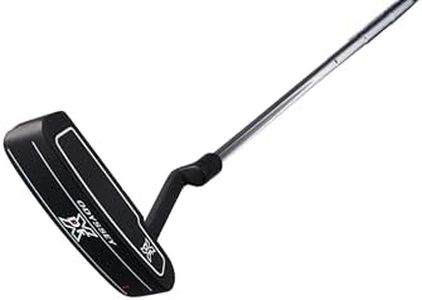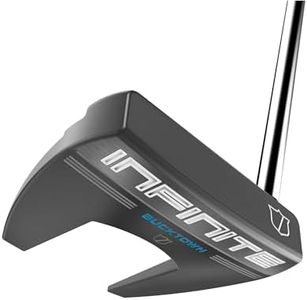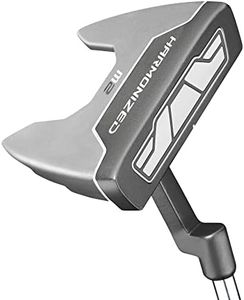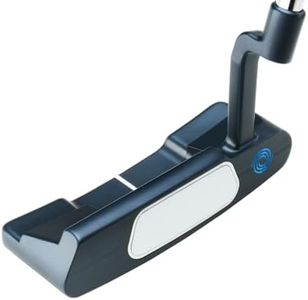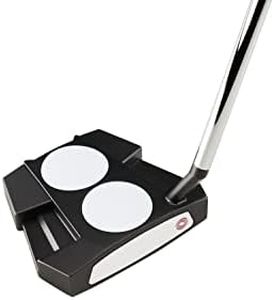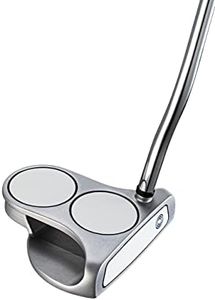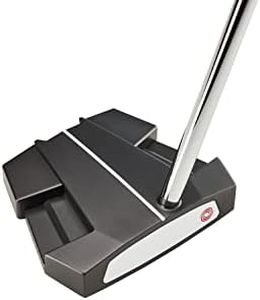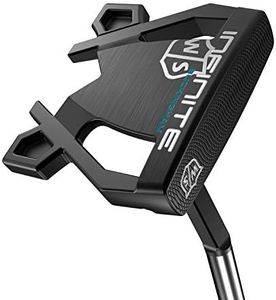We Use CookiesWe use cookies to enhance the security, performance,
functionality and for analytical and promotional activities. By continuing to browse this site you
are agreeing to our privacy policy
10 Best Ladies Putters
From leading brands and best sellers available on the web.By clicking on a link to a third party's website, log data is shared with that third party.
Buying Guide for the Best Ladies Putters
Choosing the right putter is vital for any golfer, as it can greatly influence performance on the greens and overall enjoyment of the game. For ladies, it's important to find a putter that suits both your physical characteristics and your individual playing style. The best approach is to understand the key features of putters and consider how they relate to your skill level, putting stroke, and personal preferences in terms of comfort, look, and feel.LengthThe length of a putter refers to the distance from the grip to the clubhead, typically measured in inches. This is important because it impacts your posture, comfort, and consistency during the putting stroke. Putters usually range from 32 to 35 inches. Shorter putters (32–33 inches) may be better for players of shorter stature or those who naturally stand closer to the ball, while longer putters (34–35 inches) fit taller golfers or those who prefer to stand more upright. To choose the right length, you should consider your height and your setup position; a correctly sized putter will help your eyes align over the ball and allow for a smooth and natural stroke.
Head ShapePutters generally come in blade or mallet head shapes. Blade putters are slimmer and suit players with an arc-shaped stroke, providing more feel and control, especially for experienced players. Mallet putters are larger and offer more stability and forgiveness, making them ideal for golfers who prefer a straight-back, straight-through stroke or need extra help with alignment. Your putting style is the main guide here—if you need stability and easier alignment, a mallet might be preferred, while those looking for touch and feedback may opt for a blade.
WeightThe weight of a putter affects how it feels during your stroke and how much control you have. Lighter putters tend to offer more touch and work well on faster greens, but they can be harder to keep steady. Heavier putters suit players who prefer a slower, smoother stroke or play on slower greens since they help stabilize the movement. To select the best weight, think about your natural tempo—if you have a quick, snappy stroke, a heavier putter can help smooth things out, while a lighter one gives more feedback to those with a gentle touch.
Grip SizeGrip size refers to the thickness of the material around the putter handle. Thicker grips can reduce wrist movement, promoting a steadier stroke, and may suit golfers with larger hands or those struggling with shaky hands. Standard or slimmer grips tend to offer more feel and are preferred by players who want more feedback from the club. Your hand size and how much wrist action you like during putting should guide your choice—a thicker grip for steadiness, slimmer for sensitivity.
Alignment AidsAlignment aids are features on the putter head, such as lines or contrasting colors, that help you aim accurately at your target. They are important because good alignment leads to more consistent and accurate putts. Some putters have bold, high-contrast lines, while others are subtler. If you often struggle to aim your putts properly, choose a putter with clear, pronounced alignment aids to build your confidence on the greens.
Face Insert/MaterialPutters can have different face materials or inserts, such as metal, soft polymer, or milled surfaces, each affecting the feel and sound of the putt. Softer inserts can help with feel and give a quieter impact, while harder faces provide more feedback and a distinct sound. Your preference for how the club feels at contact and the type of greens you play on most frequently should help guide your decision. If you like a soft touch, opt for a softer face; if you want to hear and feel the strike more clearly, choose a firmer face.
